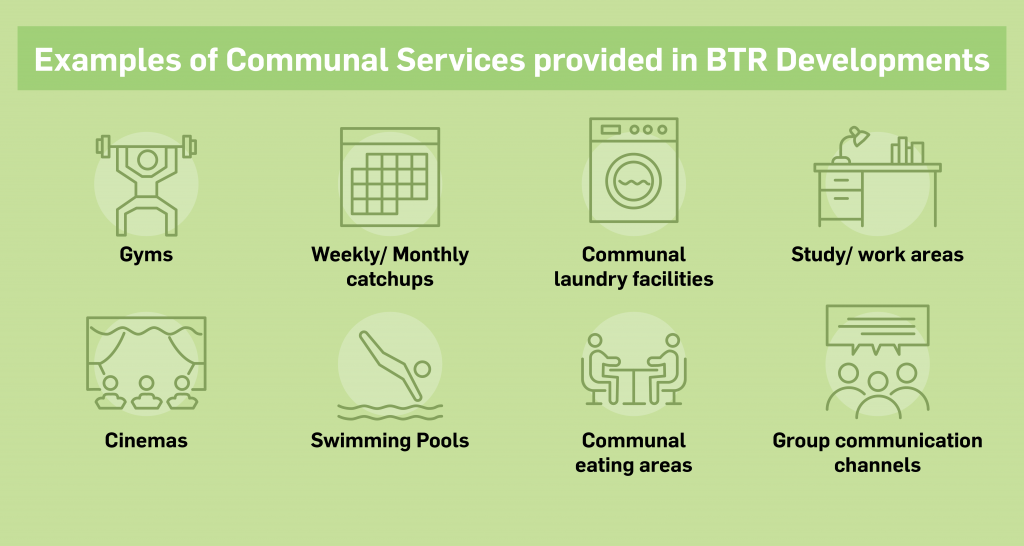For developers looking to enter the BTR market, Urbis recognises three key insights which will need to be considered during the planning and operational phases on any new BTR development.
Definition and Permissibility
A crucial element of the new amendments is its permissibility of BTR in the B3 Commercial Core zone. While some stakeholders raised concerns during the exhibition period that the introduction of BTR within the B3 Commercial Core zone may undermine the commercial prominence of centres, it is noted that the new provisions require BTR development within the B3 Commercial Core zone to be maintained in perpetuity. On all other land where BTR is permitted, the development must not be subdivided within 15 years of the issue of an occupation certificate for the building.
We see this this as an opportunity to incentivise development on either small or less desired B3 lands which are not suited for commercial office buildings, and thereby facilitate site renewal and support the businesses in the centres.
BTR has not been defined as a form of residential accommodation but is classified as a new tenancy arrangement, meaning it will not necessarily contribute to non-residential floor space requirements set within business zones. BTR has also been confirmed as a permissible use where residential flat buildings are already permissible (generally R3 Medium Density Residential and R4 High Density Residential zones) and business zones (B3 Commercial Core, B4 Mixed Use and B8 Metropolitan Centre zones). This paves the way for BTR as an asset class to be considered feasible in centres throughout NSW.
Whilst the BTR policy provisions sit within the affordable rental housing SEPP, the provision of affordable rental housing is not mandated for BTR developments. Consideration of any on-site or monetary contributions for affordable rental housing will still be required in local government areas requiring affordable housing contributions.
Tenure
A minimum lease tenure has not been proposed as part of the SEPP. Initial proposals under the Housing Diversity SEPP investigated set lease tenures of three years or more. Current tax incentives do require operators to provide a range of lease terms including a genuine option to enter into a fixed term lease of at least 3 years, unless the tenant opts out.
A mix of tenure periods could present several challenges in terms of management and ongoing compliance but will result in more flexibility for both tenants and asset owners alike. There is an expectation that lease tenures will increase over time by operators as they become more familiar with the ins and outs and market demands of BTR development.
Design Guidelines
Guidelines have not been released as part of the new provisions but reference is made to the application of SEPP 65 and the Apartment Design Guideline (ADG), stating specifically that consent authorities must apply the design criteria of the ADG ‘flexibly’ for BTR development. This approach provides certainty for developers but also acknowledges that BTR should not be viewed through the same lens as a standard residential apartment development.
One such area to be considered within the assessment of a BTR development is the amenities proposed to be provided to tenants residing in the development. Research has indicated that BTR tenants are looking for high quality communal living situation, with an increased provision of shared facilities. Many are willing to sacrifice private space and private open space for these facilities which has long been the attractor of BTR developments in established overseas markets. This leads to its own set of design challenges and opportunities which have the potential to deliver innovative outcomes from a design perspective.



